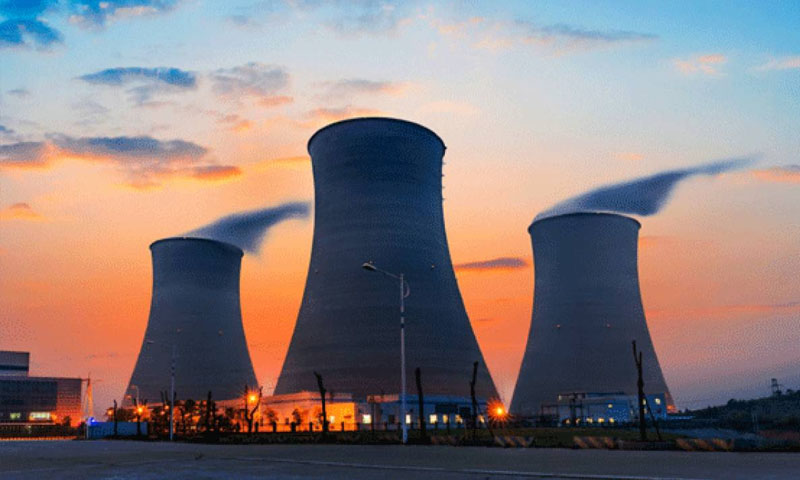Report by Engineering Post
Pakistan was the 15th country worldwide to install an nuclear power plant (NPP) when the 137 MW Karachi Nuclear Power Plant (KANUPP) became operation in 1972. The plant’s economic life assessment was 30 years, however, it was operated for around 50 years under the supervision of the Pakistan Atomic Energy Commission (PAEC) and was finally shut down in August 2021.
For almost three decades after the start of the KANUPP, international embargoes on transferring civil nuclear technology to Pakistan restrained the expansion of nuclear energy generation capacity in the country.
However, steady efforts regarding technology and manpower development have resulted in the addition of sic Nuclear Power Plants (NPPs) with 3530 MW capacity in Pakistan’s power system.
Units C1 and C2, each of 325 MW and C# and C4 each of 340 MW are currently operational in Chashma, Mianwali, while two plants , each with 1100 MW are operational in Karachi.
While KANUPP was a Pressurized heavy Water Reactor constructed with the help of Canada, the new generation of nuclear plants are all Pressurised Water Reactor (PWR) designed and built with the assistance of China.
One more PWR plant of 1200 MW capacity was in the initial phase of its development at the Chashma site called C-5.
According to the experts, a unique characteristic of a POWER NPP was that once fueled, it can produce electricity at total capacity for around 14 to 18 months. This was called one cycle of electricity production. Fuel was only added during break time between these cycles.. This not only makes them invulnerable to short term energy price fluctuations but also a source of secure energy supply to the grid. These attributes of nuclear power technology ensure a high; availability of NPP .
The six NPPs had supplied 16753 million units of electricity to the nation grid during July-March FY 2024. During this period, the monthly share of nuclear power in the generation mix remained between 12.8 percent to 25.8 percent.
Nuclear energy is clean , so it avoids the emission of greenhouse gases (GHG) in the environment. During July-March FY2024, nuclear generation in Pakistan had avoided about 10 million tonnes of GHG from entering the environment. The lifetime avoidance of GHG emissions by Pakistan-operating NPPs is estimated at around 103 million tonnes, the experts concluded.






